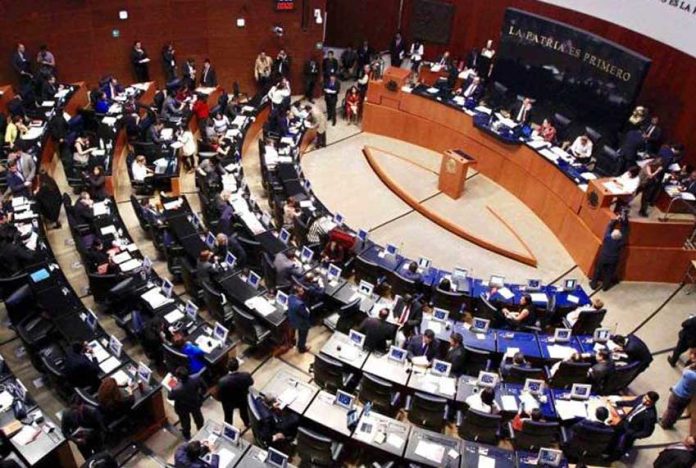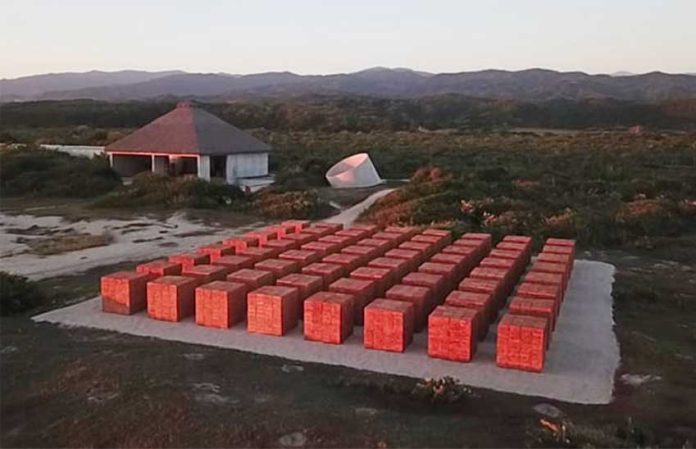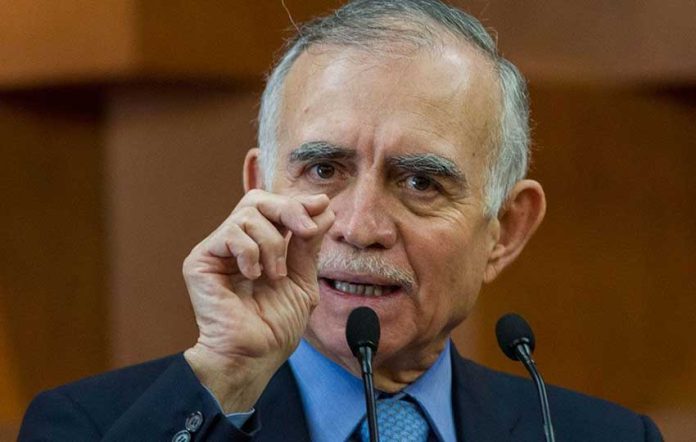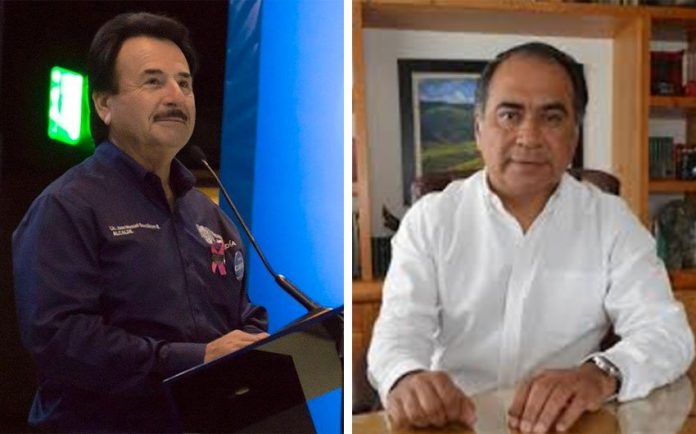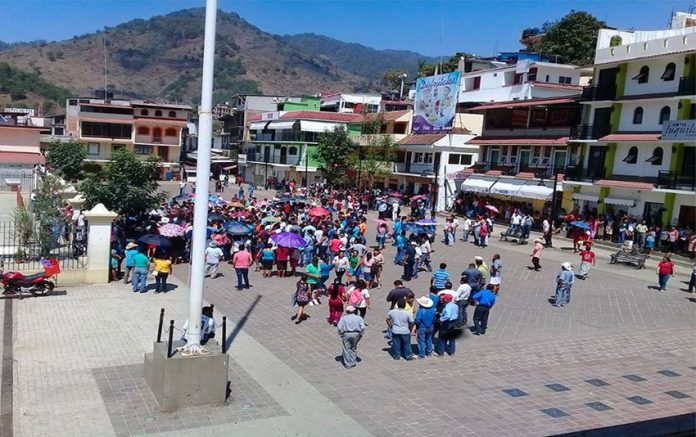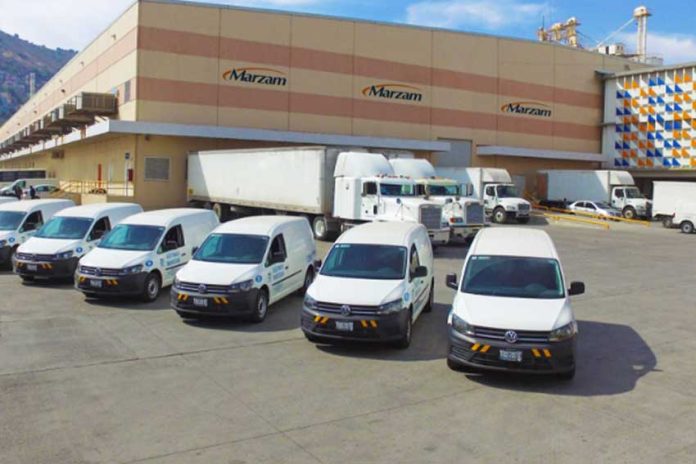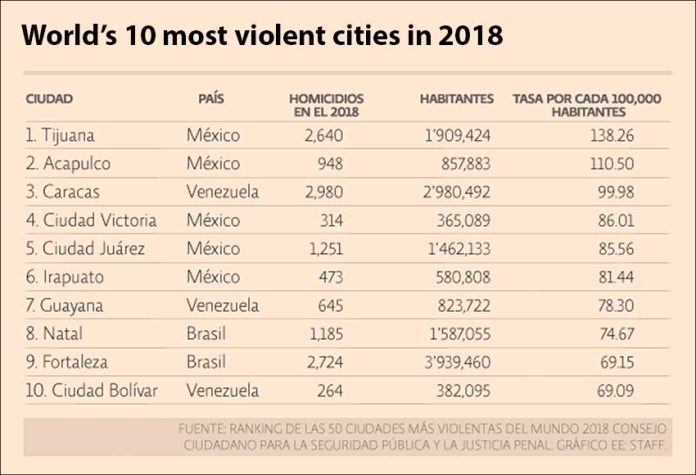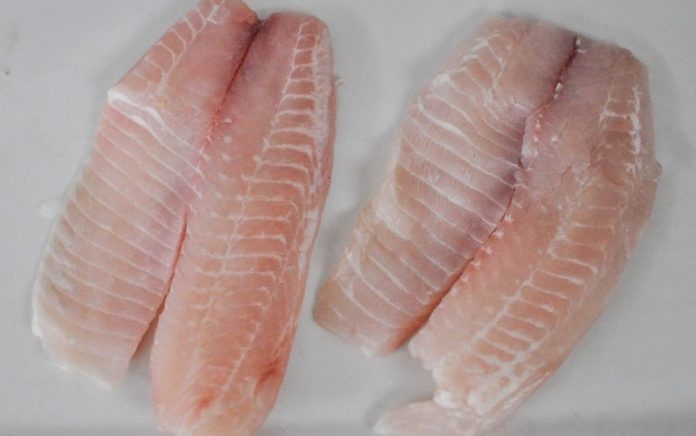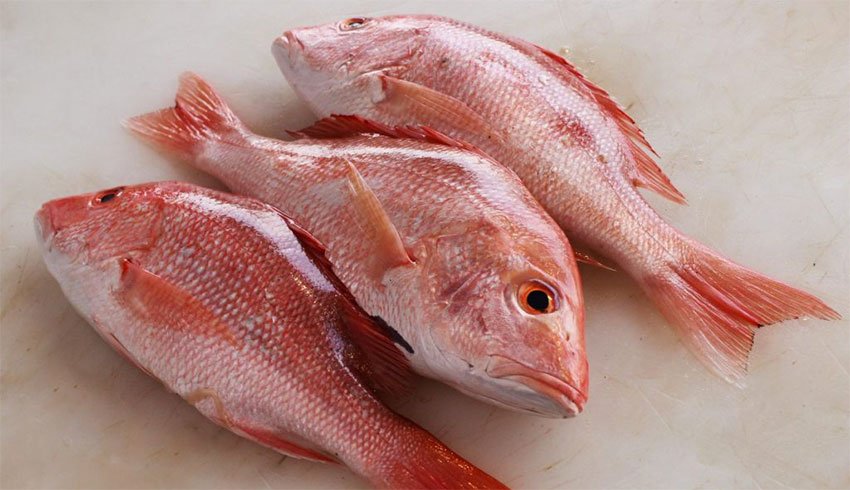Tourism company Grupo Xcaret continues to invest in new projects because it has “great confidence” in Mexico, despite having some reservations about the new federal government.
Vice-president and founding partner Carlos Constandse told a press conference yesterday that Xcaret’s latest theme park called Xavage will open next month.
Located just off the highway between Cancún and Playa del Carmen, Quintana Roo, the US $78-million park will allow visitors to participate in a range of adventure experiences on water, land and in the air.
Next year, Xcaret will open its second hotel – a US $85-million all-inclusive resort in Cancún called La Casa de la Playa (The Beach House) – for which orchestra conductor Alondra de la Parra will be an official ambassador.
“We’re at a key moment for the group in its three business divisions [theme parks, hotels and tours] and despite everything we’ve opted not to stop [investing]. We’re moving forward with our whole heart in it . . . The results are clear: last year we had close to 4 million visitors at our facilities, which represents a 19% increase with respect to 2017,” Constandse said.
The businessman expressed misgivings about the government’s decision to disband the Tourism Promotion Council (CPTM) but added that Grupo Xcaret is part of a working group of the National Tourism Business Council (CNET) that in conjunction with the federal Secretariat of Tourism is developing a new organization to replace it.
“[Mexico] is a very big country and together we’ve been through a lot of crises but we’ve come out of all of them. Now, we’re not in a crisis but in times of change. We all wanted a change and the change is happening, possibly not as we wanted it but it was necessary,” Constandse said.
He also said that Grupo Xcaret is interested in participating in the government’s ambitious Maya Train project.
“It’s a decision . . . that we have to support . . . There are natural attractions [on the Yucatán peninsula] that only a few places in the world have and we have to make the most of it.”
Source: El Economista (sp)

